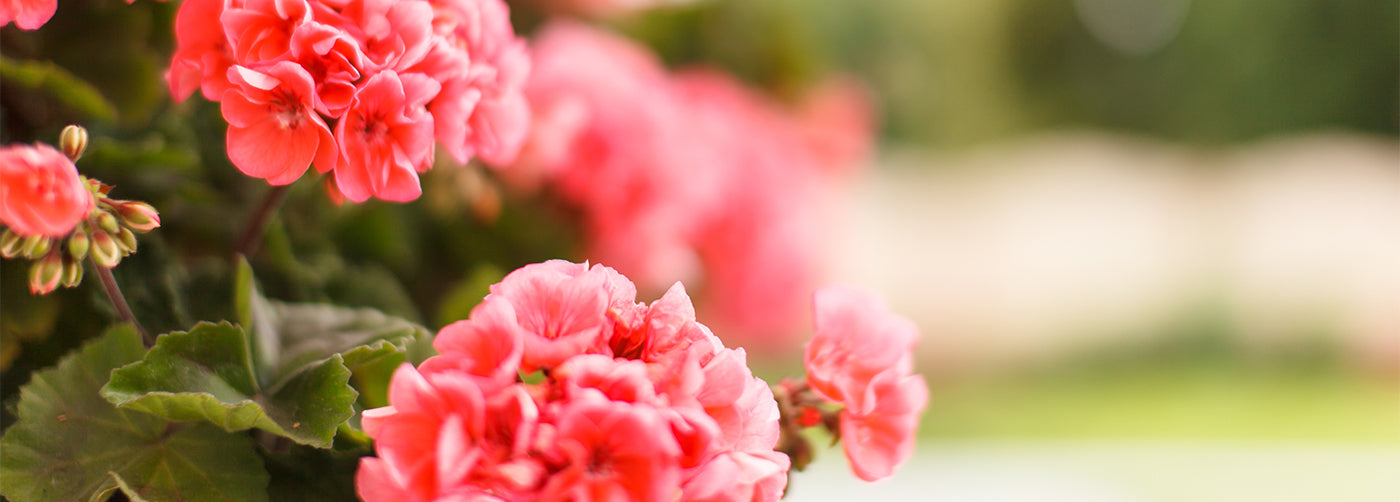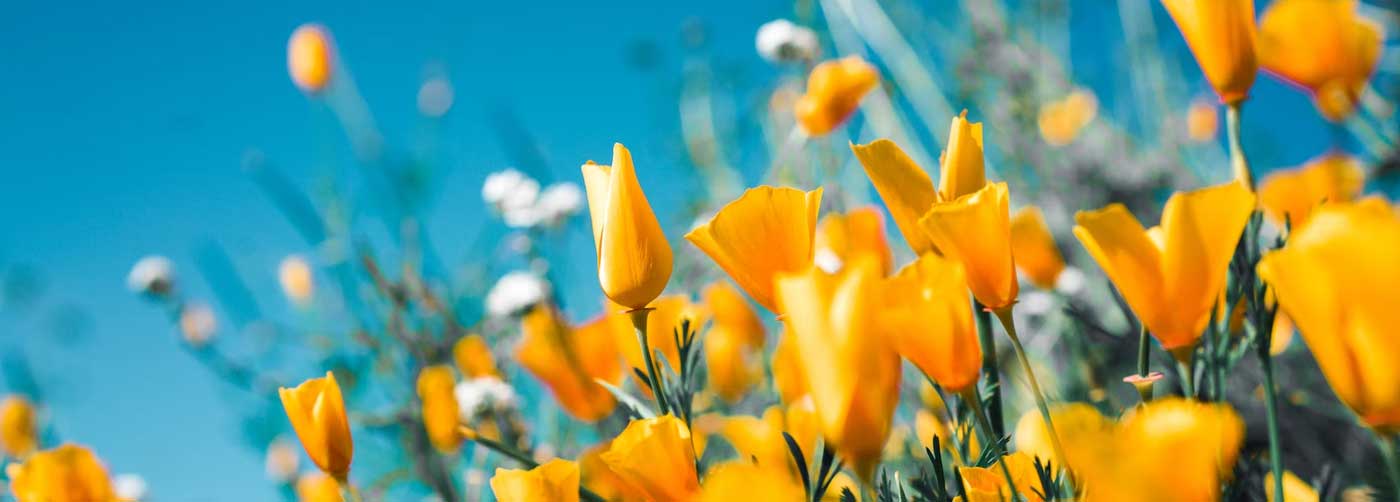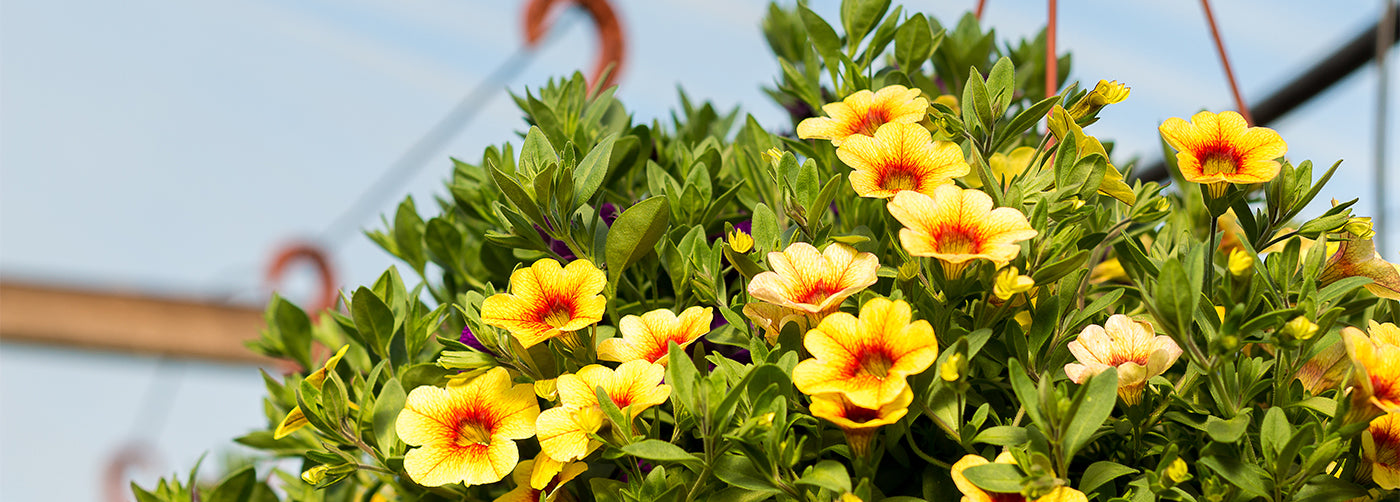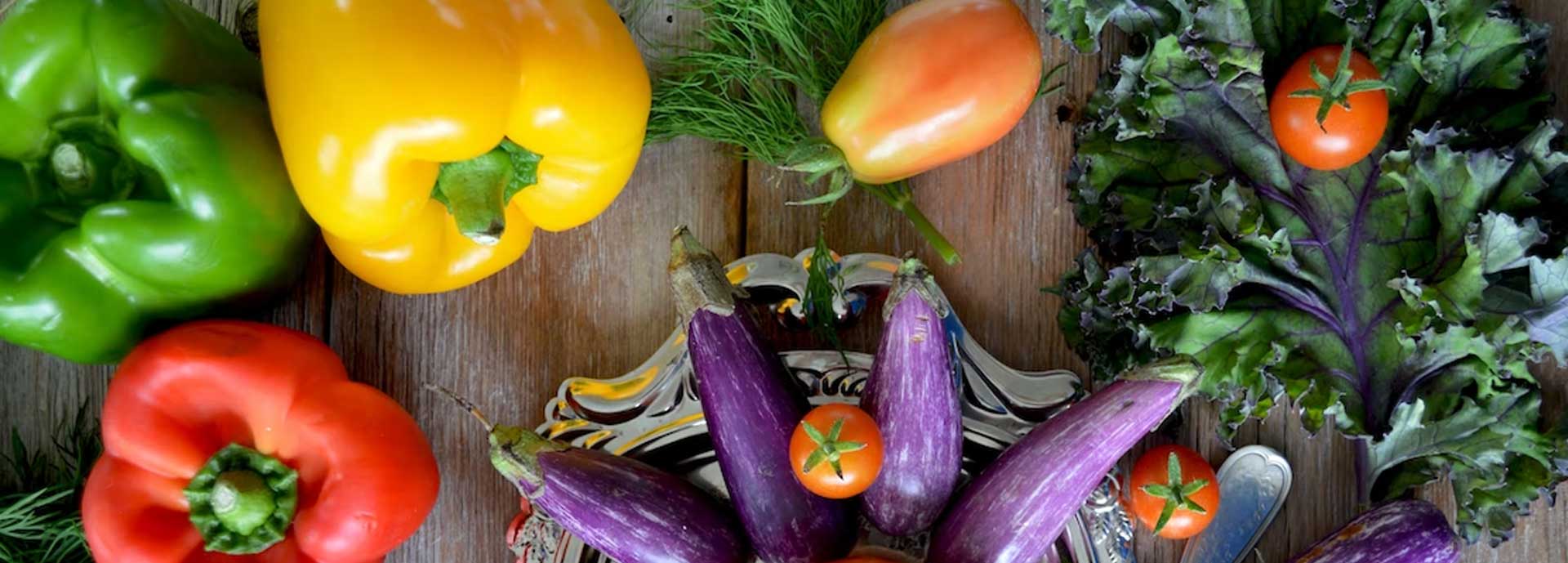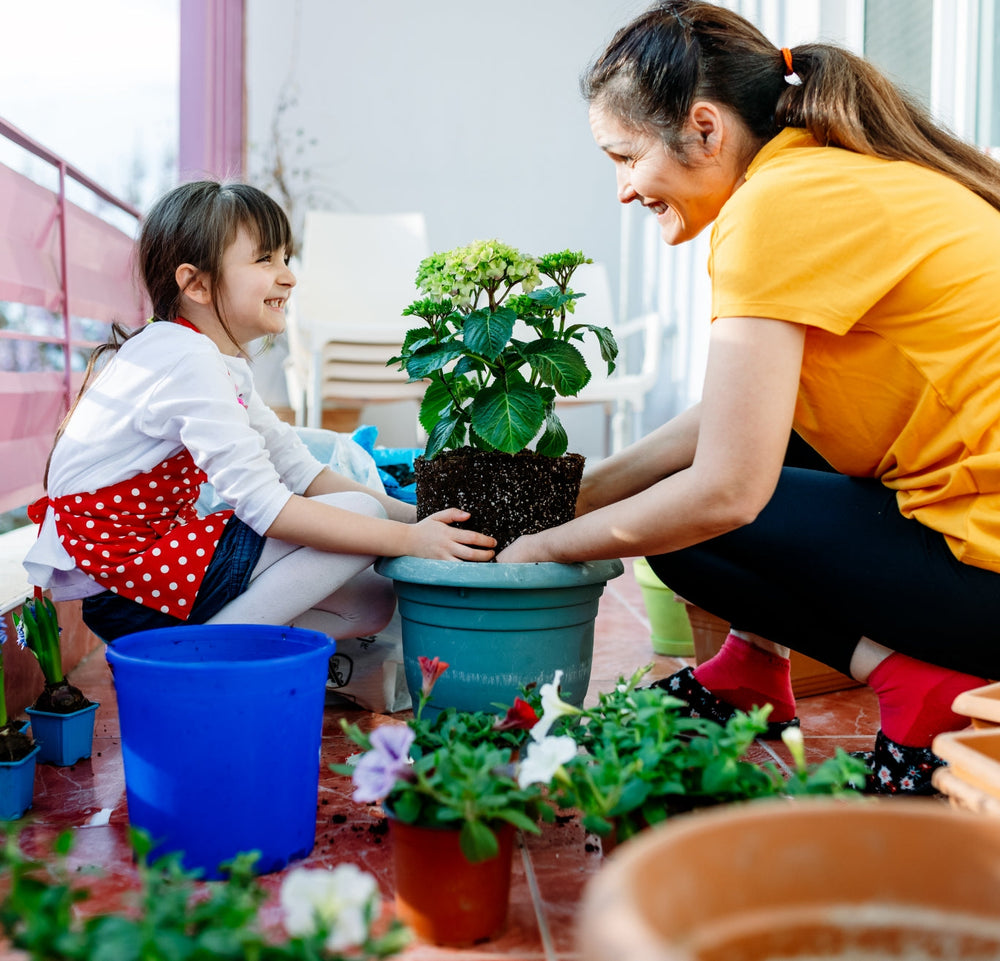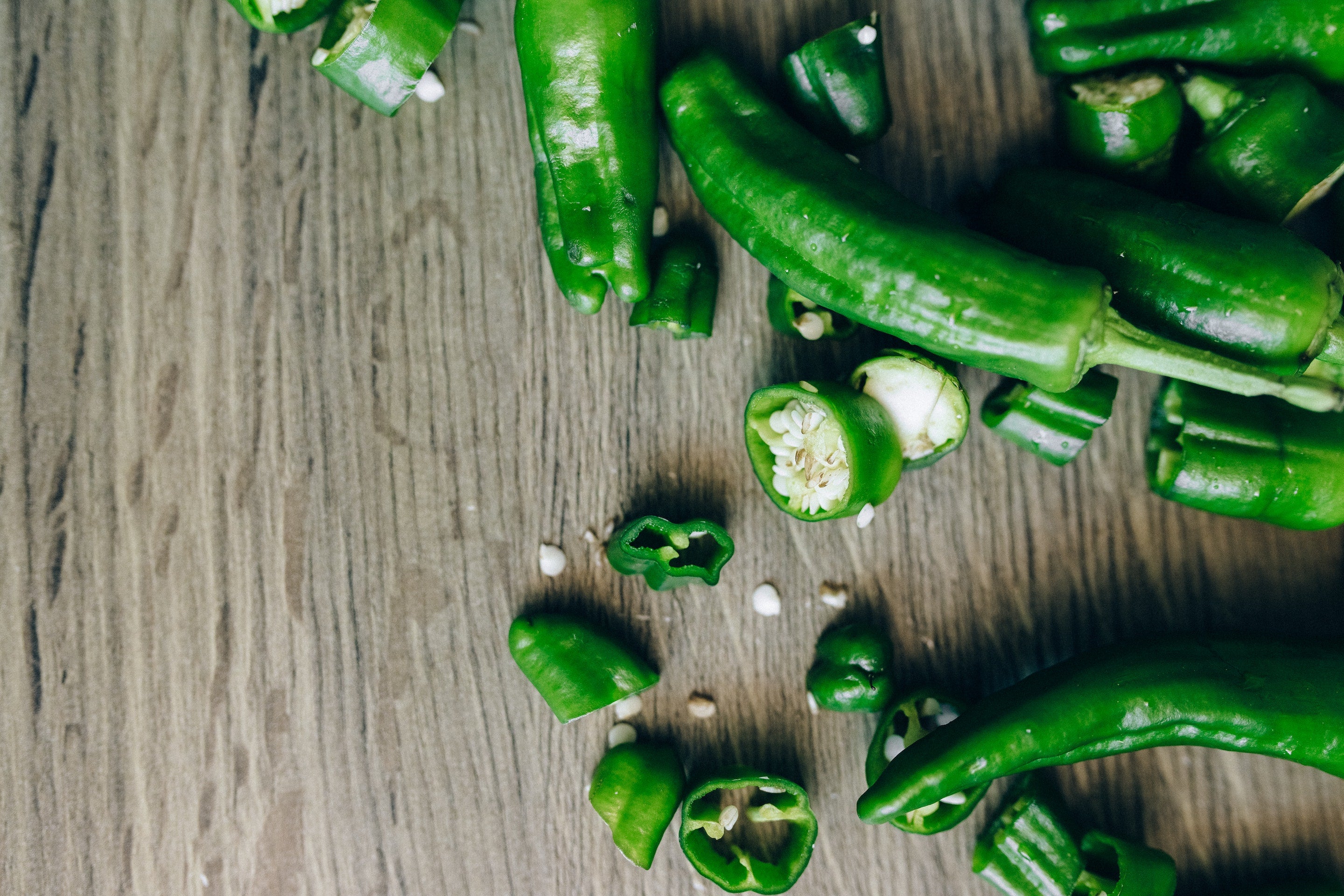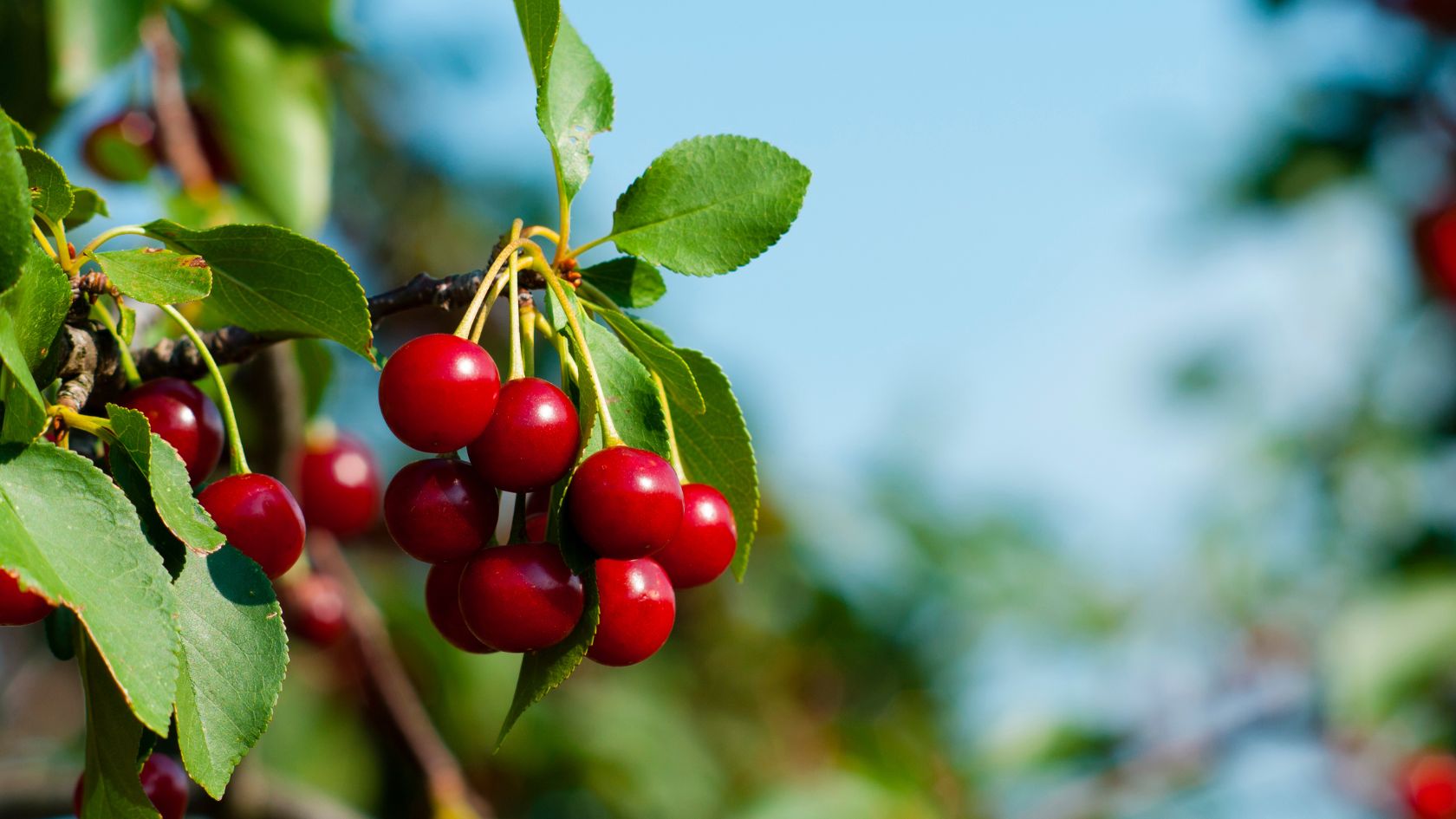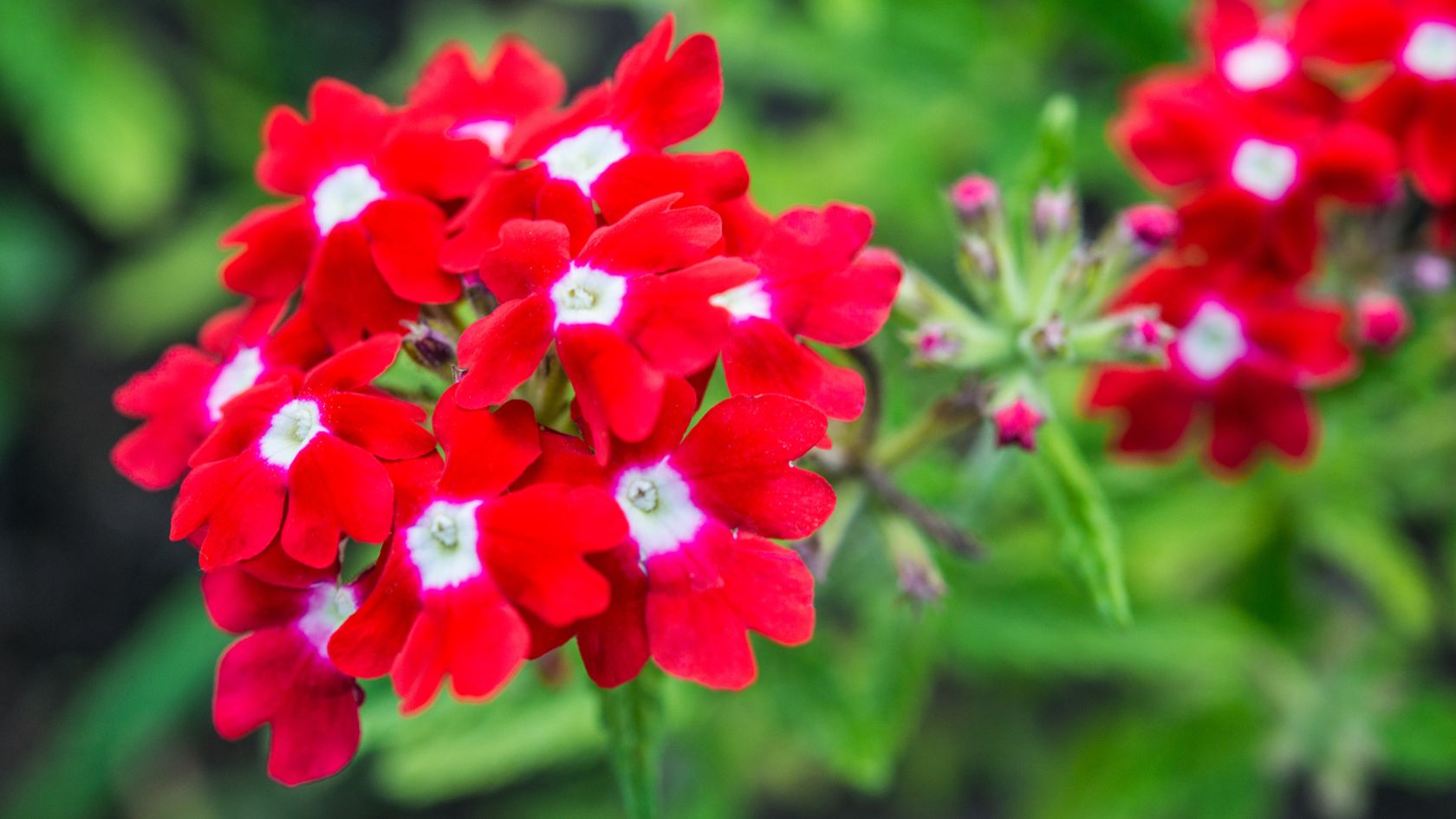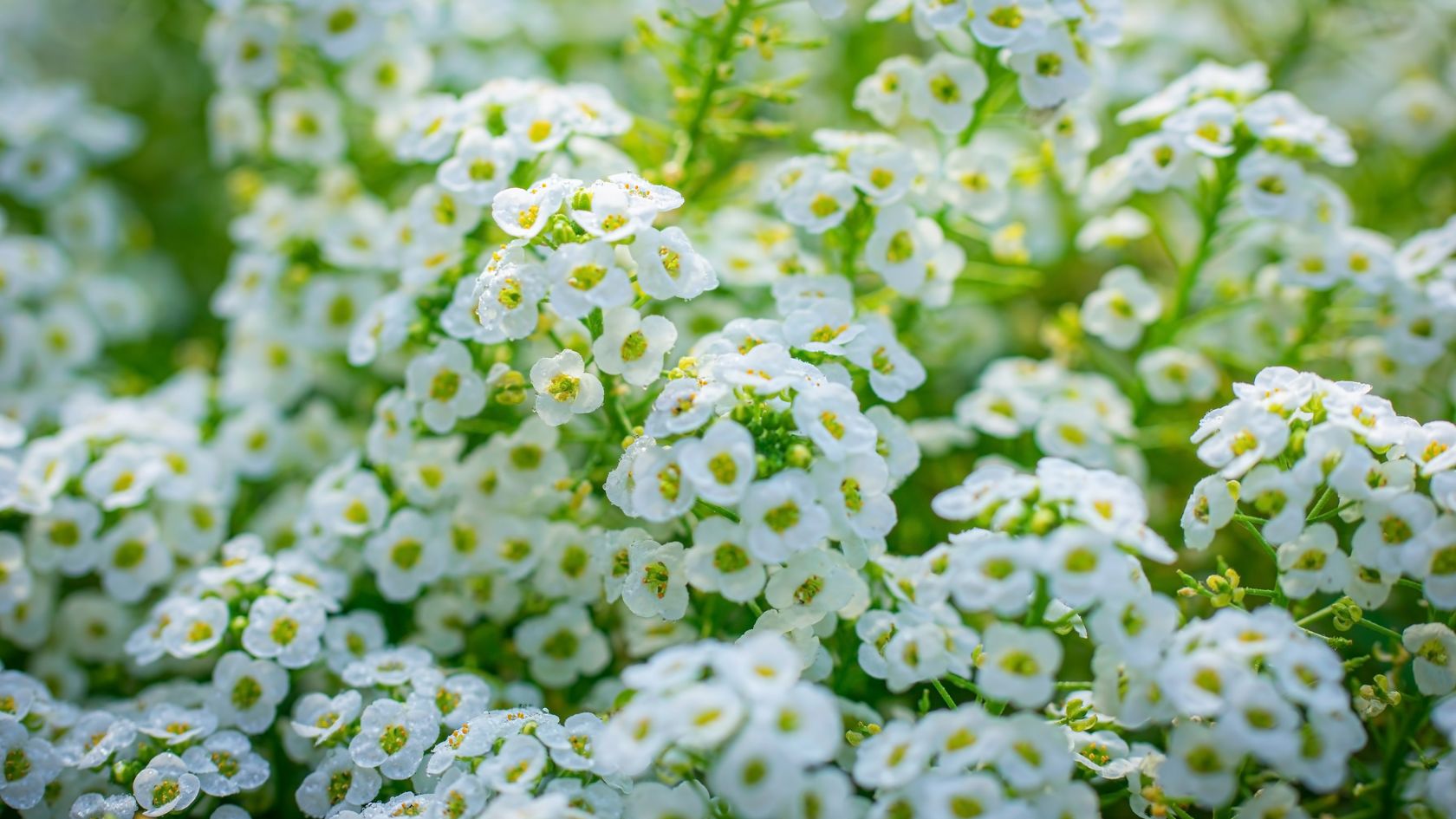Welcome, gardeners and culinary enthusiasts! Today, we dive into the world of jalapeño peppers, those small but mighty fruits that add a spicy kick to countless dishes. Whether you're a seasoned gardener or just starting out, growing jalapeños can be a rewarding and flavorful experience. Let’s explore the joys of cultivating jalapeño peppers in your garden, discover interesting facts about these fiery gems, and top it off with a tantalizingly easy recipe that will make your taste buds sing. So let's put on our gardening gloves and embrace the spice!
Jalapeño Pepper Delight:
- Garden Galore: Jalapeño peppers are an excellent addition to any home garden. These versatile plants thrive in warm climates and are relatively easy to grow. Whether you have a spacious backyard or a cozy balcony, jalapeño peppers can be cultivated in containers or planted directly in your garden bed. Make sure to provide them with ample sunlight, well-draining soil, and regular watering. With a little love and care, you'll soon be rewarded with a bountiful harvest of vibrant green peppers.
- Spicy Fun Facts: Did you know that jalapeño peppers get their name from the Mexican city of Xalapa (pronounced "halapa")? Here are a few more interesting facts to spice up your knowledge:
- Jalapeños belong to the Capsicum annuum family, which also includes bell peppers and chili peppers.
- The heat of a jalapeño pepper is measured on the Scoville scale, ranging from 2,500 to 8,000 Scoville heat units (SHU).
- The heat in jalapeños comes from a compound called capsaicin, which not only adds a fiery punch but also provides various health benefits.
How to take care of jalapeno peppers
- Planting: Start by selecting a sunny location in your garden or using containers with good drainage. Jalapeno peppers thrive in warm temperatures, so wait until the last frost has passed before planting them. Space the plants about 12-18 inches apart to allow for proper airflow and growth. The Jalapeno plant we sell you can leave in the pot and grow it all summer long or plant it in the ground or bigger planter.
- Watering: Jalapeno peppers require consistent watering to keep the soil evenly moist. Water them deeply once or twice a week, depending on the weather conditions. Avoid overwatering as it can lead to root rot, but don't let the soil dry out completely either. Mulching around the plants can help retain moisture and prevent weed growth.
- Fertilizing: Apply a balanced fertilizer when planting jalapeno peppers and repeat the application every four to six weeks during the growing season. Look for a fertilizer with equal proportions of nitrogen, phosphorus, and potassium. Be careful not to over-fertilize, as excessive nitrogen can promote leafy growth at the expense of fruit production.
- Pruning: Regularly inspect your jalapeno plants for any damaged or diseased leaves, stems, or fruits. Prune these off immediately to prevent the spread of diseases and ensure the plant's energy is directed towards healthy growth. Additionally, pruning can promote better airflow and sunlight penetration, leading to improved fruit development.
- Pest and Disease Control: Keep an eye out for common pests like aphids, caterpillars, and whiteflies. If you notice any infestations, use organic insecticides or insecticidal soap to control them. Fungal diseases such as powdery mildew can be prevented by ensuring good air circulation and avoiding excessive moisture on the leaves. Applying fungicides labeled for edible plants can also help.
- Flavorful harvesting: Jalapeno peppers are typically ready for harvest around 70-80 days after transplanting. Look for firm, glossy peppers with vibrant green color. You can also allow them to ripen to a red color for a hotter taste. Use garden shears or a sharp knife to cut the peppers from the plant, leaving a short stem attached. Harvesting regularly encourages more fruit production.
- Storage: Fresh jalapenos can be stored in a refrigerator for up to two weeks. To extend their shelf life, you can also freeze or pickle them. To freeze, slice or chop the peppers and spread them on a baking sheet in a single layer. Once frozen, transfer them to a freezer bag. Pickling jalapenos involves combining them with vinegar, water, salt, and other spices, and storing them in sterilized jars.
Once your jalapeño peppers are ripe and ready, it's time to enjoy their bold flavor and heat. Here's a simple yet delectable recipe to savor their spicy goodness:
Easy Jalapeño Poppers Recipe:
Ingredients:
- 12 fresh jalapeño peppers
- 8 ounces cream cheese, softened
- 1 cup shredded cheddar cheese
- 12 slices bacon, halved
- Toothpicks
Instructions:
- Preheat your oven to 375°F (190°C) and line a baking sheet with parchment paper.
- Cut each jalapeño pepper in half lengthwise and remove the seeds and membranes.
- In a bowl, mix the softened cream cheese and shredded cheddar until well combined.
- Spoon the cheese mixture into each jalapeño half, filling them generously.
- Wrap each stuffed jalapeño half with a bacon slice and secure with a toothpick.
- Place the bacon-wrapped jalapeños on the prepared baking sheet and bake for about 20-25 minutes or until the bacon is crispy and the peppers are tender.
- Let them cool slightly before serving to avoid a spicy surprise!
Jalapeño peppers are a fantastic addition to any gardener's repertoire, offering both fiery flavor and versatility in the kitchen. Whether you're adding them to salsa, stuffing them with cheese, or incorporating them into your favorite recipes, these peppers are sure to tantalize your taste buds. So, dear gardeners, seize the opportunity to grow these vibrant gems in your garden and bring the heat to your culinary adventures.
Note: Remember to exercise caution when handling jalapeños, especially when cutting and deseeding them. It's advisable to wear gloves or wash your hands thoroughly afterward, as the capsaicin can cause discomfort when in contact with sensitive areas.
Remember that these are general guidelines, and it's essential to consider your specific growing conditions and any regional differences that may affect jalapeno pepper care.
Happy gardening and bon appétit!


